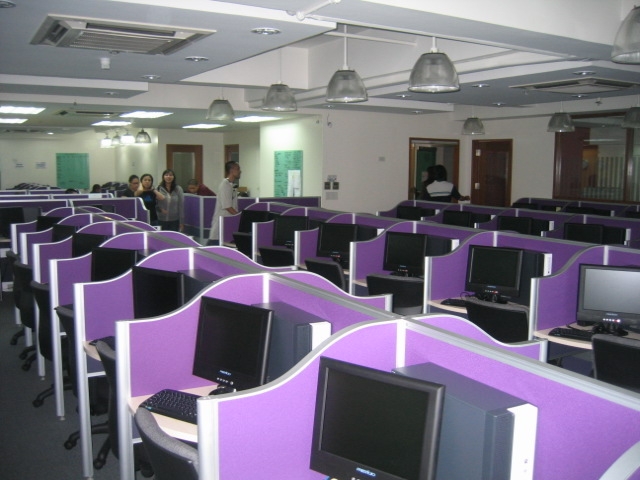This is the second post in a three-part series on SMEs.
In an earlier post, I discussed another area of development – SMEs – that is both important for creating sustained growth, and has recently attracted interest from investors. The Philippines is also placing a lot of emphasis on this area of development.
The Philippines is actually in good shape regarding SMEs, as it has an abundant labor pool. The country has 800,000 registered businesses, of which ~7% are classified as either small (10-99 employees, $60K to $300K in assets) or medium (100-199 employees, $300K to $2M in assets). Only 0.4% of the business earn above the $2M mark. The remaining 92% are microenterprises, which have between 1 and 9 employees and earn less than $60K in assets. These MSMEs (including microenterprises) account for 70% of the labor force and 30% of the output of the country.
The Philippines has managed to carve a niche for itself in certain areas, including call-center and business process outsourcing. The commanding knowledge of English among Filipinos makes the country uniquely suited toward these kinds of businesses. The same does not necessarily hold true for other countries. Call center businesses range from a few people in an office to hundreds occupying an entire building. Also, the people working in call centers tend to be fluent in English and, therefore, highly educated. The people answering your phone calls when you complain about your Comcast cable might have a degree in computer science or applied economics. So always remember, next time you call for customer service, there is a good chance the person on the other line is smarter than you.
In 2003, the Department of Trade and Industry and SMED (Small and Medium Enterprise Development) Council in the Philippines laid out a plan for 2004-2010. A primer on the program lays out six of the key issues in SME development:
- Competition in export markets, influx of mass produced products at cheaper prices
- Existence of limited local market
- Need for imported parts and materials and limited industrial linkages
- Lack of basic management techniques
- Barriers to start-up businesses: lack of support in fund raising, and research and development
- Limited economic activities at the local level
Lack of access to capital is one of the major barriers to growing SMEs here in the Philippines, but an even bigger challenge is making them competitive as exports in an age of globalization.
How does this all relate to what I am doing? Here in the Philippines, it is not unusual for SMEs to have their humble beginnings as microenterprises. They call SMEs the “missing middle” because they require more money than microfinance institutions, but less than the amount to make a commercial bank viable. In Project Dungganon, the microcredit arm of NWTF, the maximum loan is 30,000 pesos, or about $700. NWTF also operates a thrift bank called Dungganon Bank Inc. (DBI), which gives loans of 150,000 pesos or more. But the missing middle is that region between 30,000 and 150,000 pesos. Fortunately, NWTF also has a program for these businesses as well. It is called Project Kasanag, and it provides loans in the 30K to 100K range for investments in capital equipment, land purchasing, and industrial loans. The concept and mission are explained on the NWTF website:
Project Kasanag, which means Light that offers Hope, enables the foundation to assist the urban micro-entrepreneurs engaged in manufacturing, trading, buy and sell, service and shop-keeping to improve their quality of life and be instrumental in the economic progress of the community.
Unlike Project Dungganon, these loans require some collateral. I am still learning about Project Kasanag. As I do, I will share it here.
